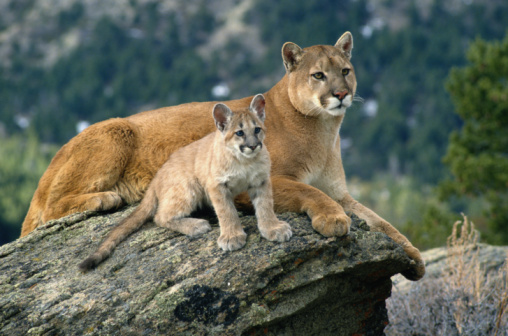
Mountain lions, also known as American
lions, catamounts, cougars, deer tigers,
Florida panthers, and pumas, are classified in the
genus Felis with small cats because they share a
solid epihyal bone that restricts their ability to
roar. Mountain lions purr and during mating emit
harsh, frightening screams.
Among American felines they are second in
size only to the jaguar. Adult male mountain lions
weigh from eighty to over two hundred pounds,
and are often nine feet long fromnose to tip of tail,
and up to thirty inches high at the shoulder. Females
are about a third less in size. Cats in the
equatorial regions are smaller and have thinner
coats than those in the extreme north and south of
the mountain lion range.
Mountain lion coats are uniform in color, varying
from reddish bronze to brownish yellow or
gray, with black markings around the mouth and
eyes and on the tip of the tail. Kittens are born
spotted, but these marks soon fade. Thirty subspecies
of mountain lions, varying slightly in head
shape, coat color, and size, occupy separate geographic
regions.
Behavior
Kittens remain with their mothers for eighteen
months to two years. Otherwise, mountain lions
live solitary lives. Each female has a distinct hunting
range; where such areas intersect, cats avoid
each other. Males hunt over much larger tracts,
sometimes covering hundreds of square miles.
Each territory overlaps several female ranges,
which the males check frequently for breeding opportunities.
Older males face challenges from
younger cats seeking to establish their own territories.
Mountain lions are nocturnal or crepuscular
hunters; they are almost invisible when silently
stalking their victims in dim light. Except for
mothers and kittens, there are few reports of cats
aiding each other during hunting. Deer are the
major prey in North America, capybara and peccary
the preferred quarry in equatorial America.
When larger animals are unavailable, mountain
lions eat rodents, rabbits, and beaver. Blending
into their surroundings, cats creep slowly toward
intended prey, closing with a furious forty-five
mile per hour rush, sometimes leaping as much
as forty feet to surprise their target. Sharp claws
hold victims, as canine teeth sever their spinal column
or windpipe. Powerful jaws, containing scissorslike
carnassials and tongues with rasplike
papillae, permit cats to harvest every speck of
meat from their prize.
Relations with Humans
Native Americans, carrying carved cat
images as fetishes, revered the mountain
lion as the greatest of all hunters.
Native rituals used lion skins and
paws to ensure hunting success. Europeans
were less respectful, treating
big cats as dangerous vermin to be destroyed.
From the seventeenth century
through much of the twentieth
century, governments offered bounties
for lion skins. Humans were the
only species consistently preying
upon adult mountain lions. Hunters
set iron traps, dug pits, and used dogs
to chase and tree the cats.
As expanding human settlement
made wild prey scarce, mountain lions
found cattle, sheep, and horses irresistible.
The cats tended to avoid humans,
but rare attacks and killings
frightened people and led to calls for
the cats' extermination. John James
Audubon noted that by the 1840's, man had nearly
eliminated mountain lions east of the Mississippi.
By 1900, few mountain lions existed in North
America east of the Rocky Mountain states.
Attitudes toward mountain lions began changing
in the last decades of the twentieth century.
Laws in western states banned or strictly limited
hunting. However, as human intrusion into the
mountain lion's habitat increased, cats occasionally
attacked solitary hikers, joggers, and skiers,
stimulating calls for removal of the predators.With
great effort and expense, conservationists maintain
a relict population of some seventy Florida panthers
(Felis concolor coryi) in southwest Florida-
a subspecies originally ranging from Louisiana to
Florida. In Central and South America, where significant
populations of mountain lions remain,
destruction of habitat by expanding settlement
has greatly reduced surviving numbers. Outside
Florida, mountain lions are not technically an endangered
species, but their long-term future remains
precarious.
Mountain Lion Facts
Classification:
Kingdom: Animalia
Subkingdom: Bilateria
Phylum: Chordata
Subphylum: Vertebrata
Class: Mammalia
Subclass: Eutheria
Order: Carnivora
Family: Felidae (cats)
Genus and species: Felis concolor
Subspecies: F. c. cougar (eastern cougar), F. c. coryi (Florida cougar)
Geographical location: Original rangewassouthern British Columbia
to the Straits of Magellan and from the Atlantic
Ocean to the Pacific Ocean
Habitat: Mountains, forests, deserts, and jungles
Gestational period: About three months
Life span:Upto twelve years in the wild, twenty or more years
in captivity
Special anatomy: Large eyes with excellent night vision; jaws
adapted to seizing and gripping prey, teeth designed for
tearing and slicing flesh
Other popular Animals
Photo Gallery of - Mountain Lion
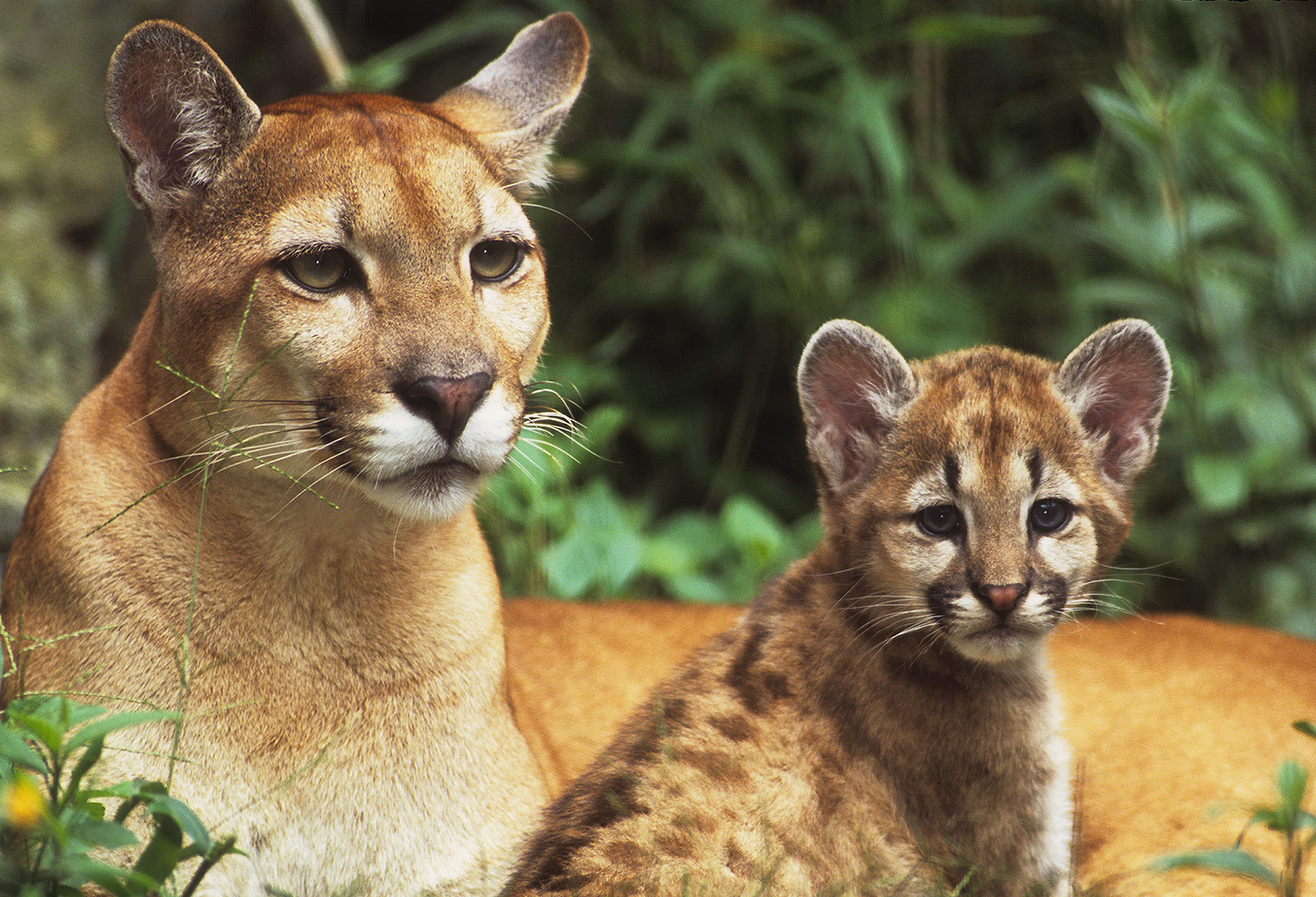


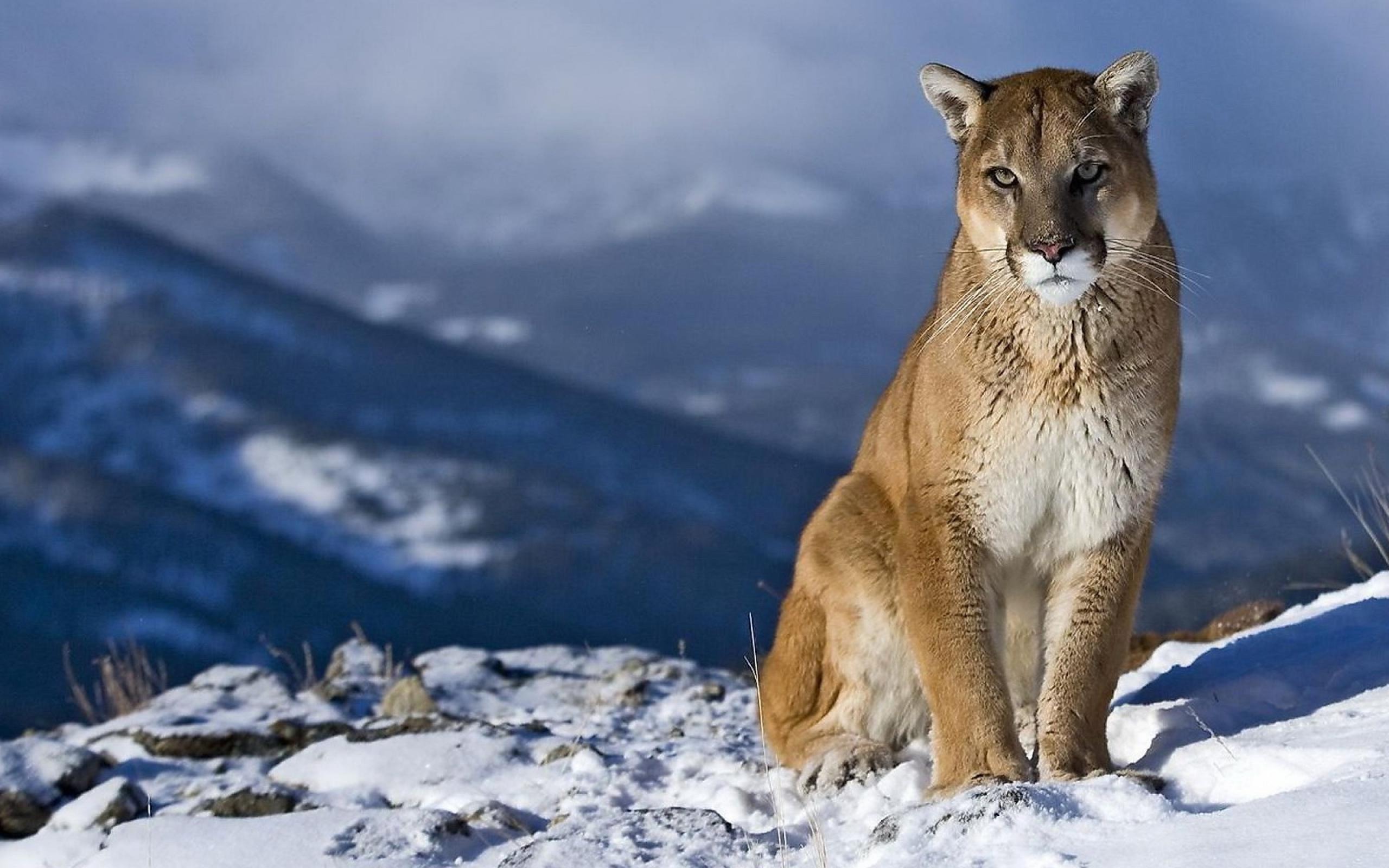

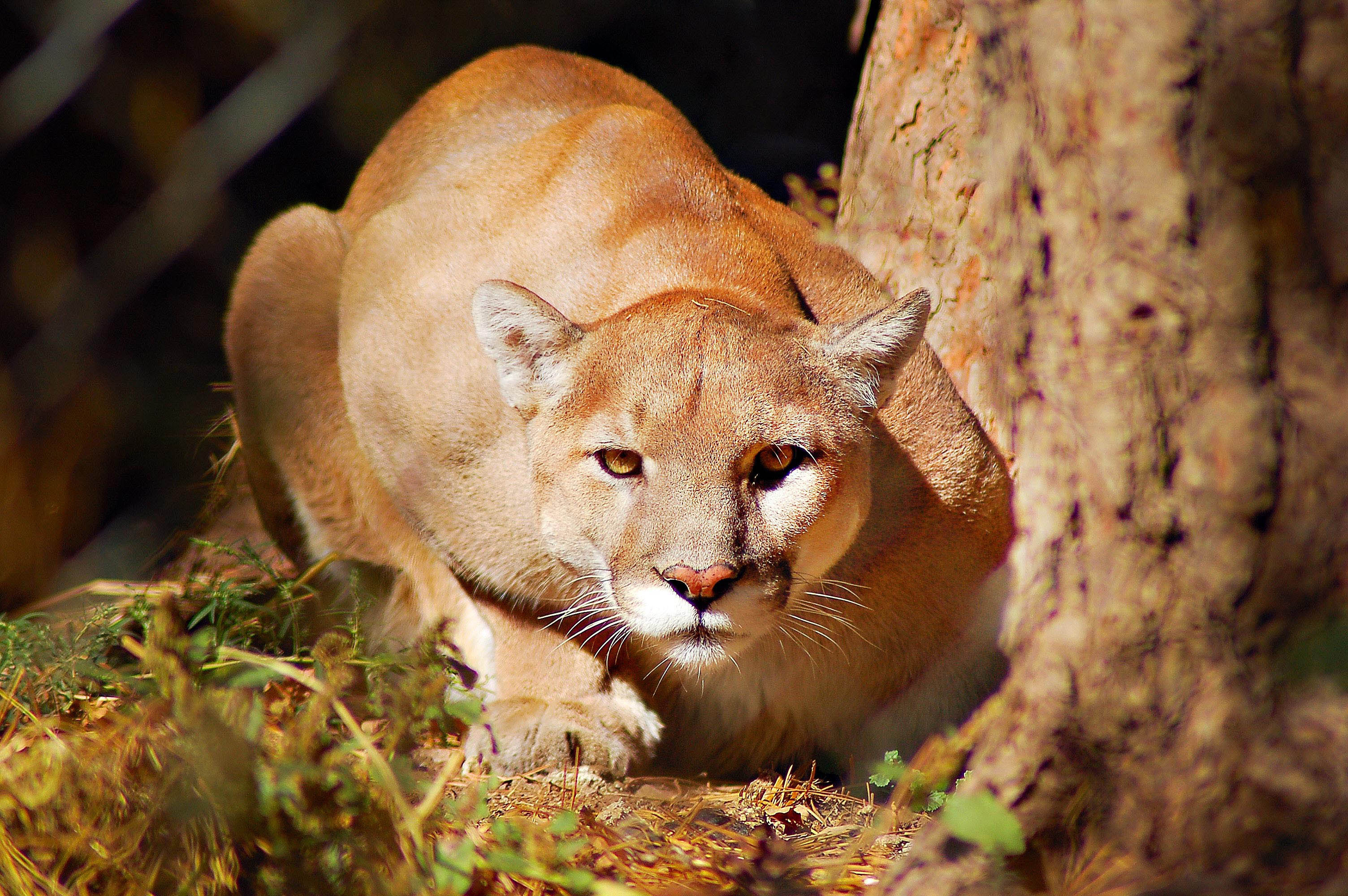
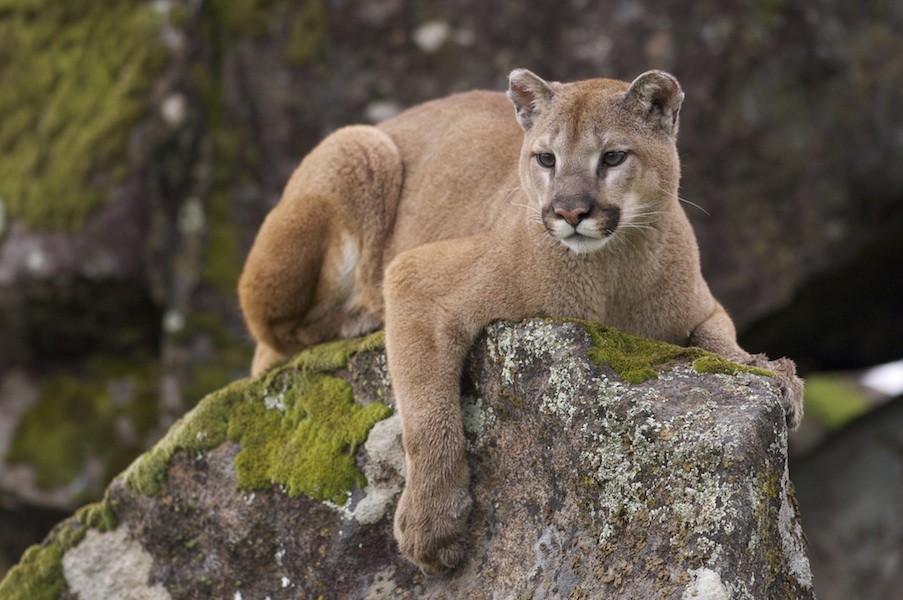

 Animalia Life
Animalia Life